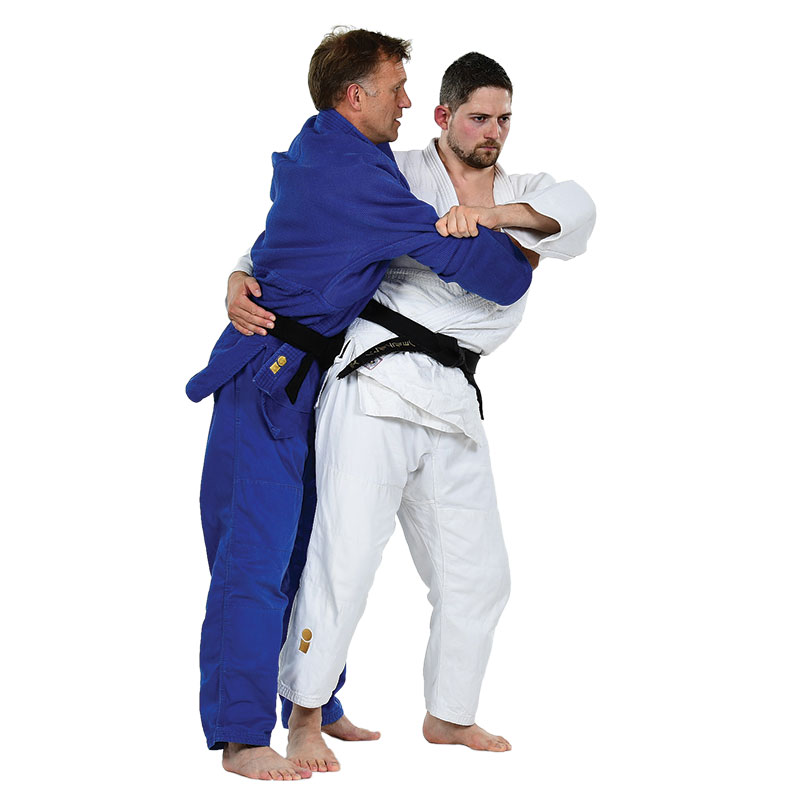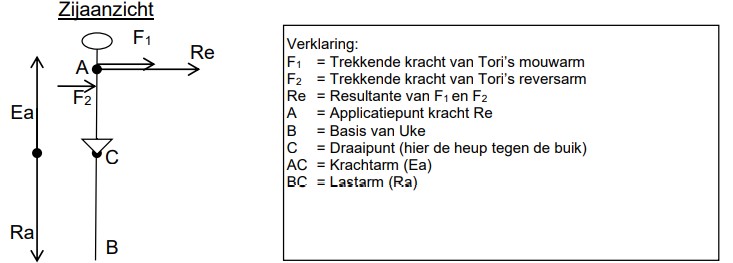Uki-goshi 浮腰 – Floating Hip Throw
Classification: Nage-waza (Throwing Technique)
Subcategory: Koshi-waza (Hip Technique)
Type: Leverage-based throw with partial hip contact
Kodokan Recognised: Yes
Technical Description
Uki-goshi is a classical judo throw that demonstrates efficiency, fluidity, and subtlety. It is performed by breaking Uke’s balance (kuzushi) diagonally forward—towards their right front corner—while Tori enters with the right hip. Unlike full hip throws such as O-goshi, in Uki-goshi the entry is shallow, meaning Tori’s hip does not fully block Uke but merely makes contact near the belt knot.
Tori maintains upright posture and does not bend forward or lift Uke with force. Instead, the rotation and timing create a smooth, floating sensation for Uke as they are projected over the hip using a turning motion. Tori’s right arm wraps around Uke’s waist, while the left hand maintains control at the lapel or sleeve to guide the motion.

Biomechanics
Uki-goshi functions primarily as a lever-based rotational throw. The hip acts as a rotational fulcrum while the arms perform a coordinated pulling and guiding action. Key biomechanical principles include:
-
Kuzushi: Off-balancing Uke forward/right (mae-migi).
-
Tsukuri: Entering at a shallow angle, ensuring close hip contact without blocking the full lower body.
-
Kake: Rotating the torso and using the waist and arms to project Uke over the hip.
The throw is efficient and requires minimal brute strength. Instead, Tori exploits the timing, positioning, and movement of Uke to redirect their energy.

Did You Know?
Uki-goshi was the favourite throwing technique of Jigorō Kanō, the founder of judo. There is a rare and historic video of Kanō himself demonstrating this technique with clarity and grace. In the film, Kanō explains the essential mechanics of Uki-goshi, emphasising precision over strength.
Interestingly, Harai-goshi is believed to have evolved directly from Uki-goshi. When Kanō encountered strong resistance during an attempt at Uki-goshi, his leg instinctively swept upward to overcome the obstacle—thus giving birth to Harai-goshi. This moment of adaptation highlights the fluid nature of judo and Kanō’s deep understanding of movement and efficiency.